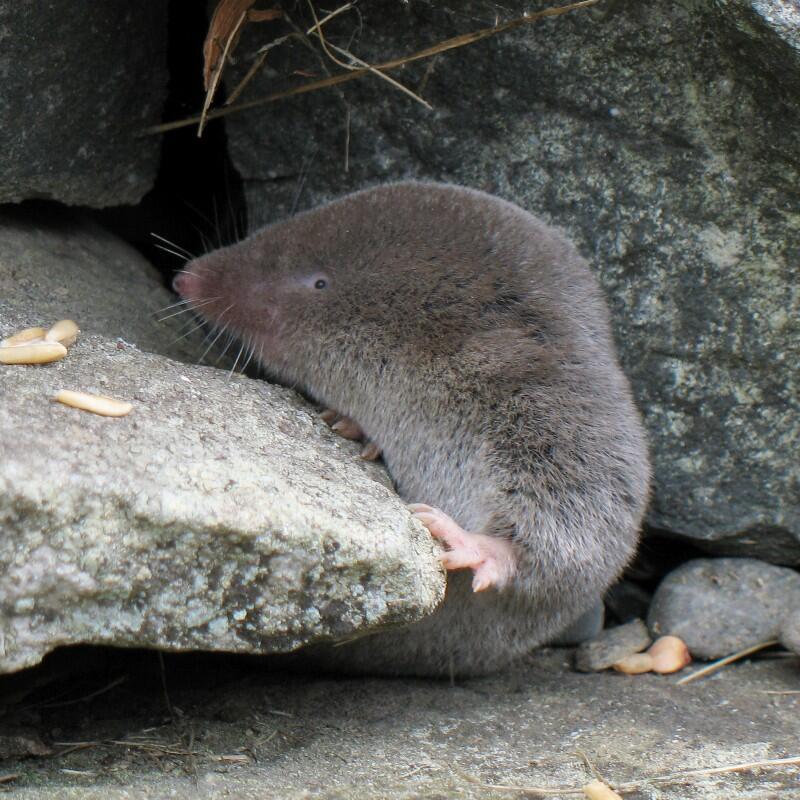The Case of the Missing Holotypes
Another Case from the Curators’ Casebook
Featuring lost museum specimens & watercolors...
Curators’ Casebook is our ongoing series in which we look at some of the curious cases USGS curators at the Smithsonian National Museum of Natural History deal with on a regular basis.
The early 1800s were an exciting time for European and American naturalists. Expedition after expedition into the American West was returning with tales of plant and animal species completely new to science. Some of them even brought back specimens of the species described.
Such was the case with the Stephen H. Long Expedition to the Rocky Mountains. Among others, the expedition brought back specimens of two new shrew species, the Northern Short-tailed Shrew (Blarina brevicauda) and the Least Shrew (Cryptotis parvus). These shrews were acquired by the Philadelphia Museum and displayed as the holotypes for those species—check out this week’s EarthWord to find out what a holotype is!
The Philadelphia Museum was the predominant North American museum of natural history for its time, but sadly, it eventually went out of business and its various collections ended up spread out all over the place. Unfortunately for science, many of the species holotypes from those early expeditions were lost, including those of the Northern Short-tailed Shrew and the Least Shrew.
As explained in the EarthWord, holotypes are important because they’re the example of the species that all other individuals are compared to when determining if they are, indeed, of that species. So when the holotypes are lost, it can be difficult to be absolutely sure about what was meant in the original descriptions of the species.
However, USGS scientist Neal Woodman, one of the mammal collection curators at the Smithsonian National Museum of Natural History, has uncovered some information that may help avoid this being a total loss.
Fortunately for these two shrews, the expedition that found them had an artist along for the ride. The artist, Titian R. Peale, was able to make a detailed field sketch of the shrews not long after their capture. Once he returned to the East Coast, he used that field sketch to make a watercolor painting. And that watercolor still exists, archived in the American Philosophical Society, Philadelphia.
So although that painting cannot replace the holotypes for the Northern Short-tailed Shrew and the Least Shrew, it does confirm that the animals to which these names are applied today are the same as those originals from the Long Expedition.
Read the study here.
Hungry for some science, but you don’t have time for a full-course research plate? Then check out USGS Science Snippets, our snack-sized science series that focuses on the fun, weird, and fascinating stories of USGS science.




